May is National Stroke Awareness Month, and it’s the perfect time to educate and engage your patients about strokes, which occur when a blood vessel to the brain bleeds or is blocked by a blood clot. The Healthwise Knowledgebase is full of resources to help people learn what causes strokes, how to recognize the symptoms, the importance of reacting to them quickly, and what treatments can be expected after having a stroke. This May, help your patients learn about this important health condition.
…

Read more



